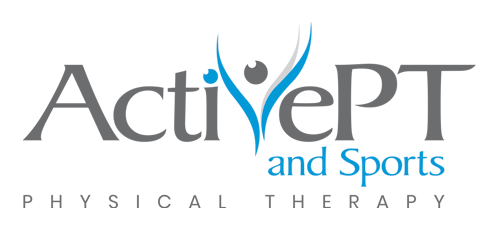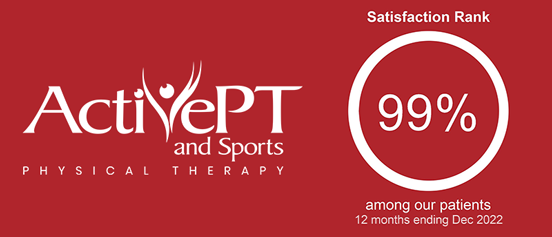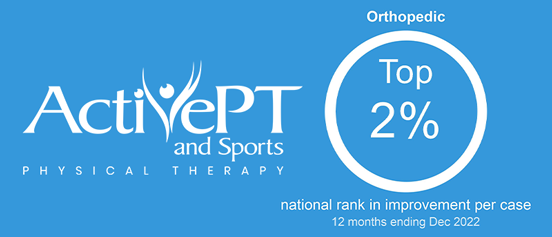3 BASEBALL TRAINING TIPS DURING YOUR COVID-19 OFF SEASON
Brandon Voth, DPT, OCS, Cert. DN and Robin Heilskov, PTA, APP
Baseball seasons across the country have been paused or cancelled due to COVID-19. Typically, this time of year is focused on competition, so what now? As health care providers, we see this as a perfect opportunity for athletes to focus on proper pre-season preparation, injury prevention, and optimizing your baseball performance. In order to reduce the incidence of overuse injuries in youth baseball players, focus on 3 key areas: safe management of pitching volumes, baseball-specific exercise to improve mobility and strength, and correct improper techniques.
MANAGING PITCHING VOLUMES
The USA Baseball Medical Safety Board recommends age-specific pitch counts and rest periods to protect pitchers from overuse. The additional time away from competition allows for more pitching practice, which can lead to increased incidence of injuries.
USA Baseball Pitching Guidelines:
| Daily Max (pitches in game) | 0 days rest | 1 day rest | 2 days rest | 3 days rest | 4 days rest | 5 days rest | |
| 7-8 | 50 | 1-20 | 21-35 | 36-50 | N/A | N/A | N/A |
| 9-10 | 75 | 1-20 | 21-35 | 36-50 | 51-65 | 66+ | N/A |
| 11-12 | 85 | 1-20 | 21-35 | 36-50 | 51-65 | 66+ | N/A |
| 13-14 | 95 | 1-20 | 21-35 | 36-50 | 51-65 | 66+ | N/A |
| 15-16 | 95 | 1-30 | 31-45 | 46-60 | 61-75 | 76+ | N/A |
| 17-18 | 105 | 1-30 | 31-45 | 46-60 | 61-80 | 81+ | N/A |
| 19-22 | 120 | 1-30 | 31-45 | 46-60 | 61-80 | 81+ | 106+ |
EXERCISES TO IMPROVE MOBILITY AND STRENGTH:
Your performance as a baseball player can be improved if you train your body specifically for baseball. If your mobility or flexibility is reduced after throwing, this can be an early sign of an impending injury. Mobility in the shoulders, trunk and hips are critical for speed and accuracy in baseball. Try these exercises and tips before, during or after throwing:
AGE-SPECIFIC PROGRAMS
Age specific progressive throwing programs reduce injury risk by training muscle groups at a level safe for each age group. A good program incorporates long toss, flat ground throwing and throwing off a mound. Here are some examples of 4-6 week pre-season throwing progressions: Ages 9-10 11-12 13-14 15-18
WEEKLY TRAINING SCHEDULE
We know that being stronger can help an athlete’s performance, but what is most helpful for you as a baseball player? Due to the different demands of the sport, baseball players should have a strength program that focuses on each important element: throwing, hitting, fielding, and running bases. Consider two to three separate strength workouts each week to focus on each important muscle group. This is an example of a weekly baseball training regimen developed by Brandon Voth, DPT, and Robin Heilskov, PTA:
Monday: Throwing progressions- interval, flat ground, mound as appropriate
-
- Wind-up balance drills
- Stride drills to improve lead leg contact position and stride length
- Arm separation and arm path drills
Tuesday: Upper body and trunk strength and power (throwing and hitting performance)
-
- Active warm up of trunk and upper body muscles
- Endurance training for the rotator cuff & strength training focused on mid rows, low rows, trunk rotation, core strength, rotational power
- Upper body plyometrics
Wednesday: Throwing progressions – interval, flat ground, mound as appropriate
-
- Shoulder and trunk mobility drills
- Lower extremity mobility drills- hips, knees, ankles
- Balance drills
Thursday: Lower extremity strength, power and core stability
-
- Active warm up of lower extremities
- Lower extremity strengthening: squats, lunges, bridges, resisted side steps, deadlifts
- Plyometrics: vertical jumps, lateral jumps, broad jumps, single leg triple hops
- Agility drills
- Static and dynamic core stability exercises: bird dog, plank, side plank, pallof press
Friday: Throwing progression- interval, flat ground, mound as appropriate
-
- Throwing mechanics drills
- Mobility/flexibility drills for upper and lower extremities
Saturday: Active rest, hitting drills, batting practice, defensive drills
Sunday: Active rest, hitting drills, batting practice, defensive drills
CORRECT IMPROPER TECHNIQUES:
This is the ideal time to practice, practice, practice. However, practice only makes perfect if you are practicing correct form. Pitching is described in six phases: wind up, stride (early cocking), late cocking, acceleration, deceleration, and follow-through. The arm-cocking, acceleration, and deceleration phases place high forces on the shoulder and elbow joints. These forces can increase with faulty sequence and timing. Improving your pitching mechanics is critical to injury prevention and rehabilitation.
Don’t attempt to change everything at once. Choosing one major issue or phase at a time will improve your odds of success. Video analysis is a great way to provide feedback as you practice. While video feedback for self-analysis can be helpful, analysis from a medical professional offers an important type of feedback as well. At ActivePT we can perform a video analysis of your throwing motion to detect mechanical faults that may increase your risk of injury.
Make the best of your off-season and come back better than before. Our experts are available to help you today. We offer free 15-minute screening appointments via live video or in-clinic. If you have recorded video of your throwing, pitching or batting form, send it to us 1-2 days before your free screening appointment for more specific advice. Call ActivePT at 507-322-3460 with any questions or to schedule a free 15-minute appointment.




